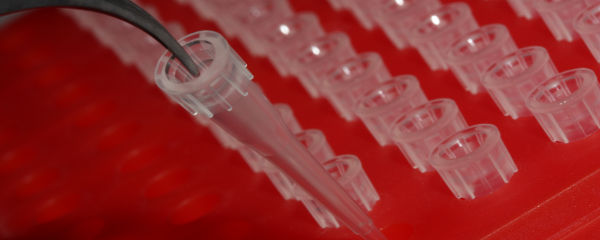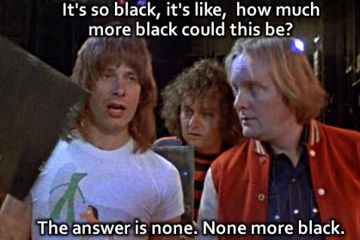What I’ve Learned:
“Trans-Neptunian objects: Stuck where the sun don’t shine (very much).”
In the beginning, there was the Earth.
Meaning, that’s the first solar system object humans knew about, mostly because we kept tripping and falling face-first onto it. Early humans weren’t particularly coordinated.
The sun was also pretty hard to miss, what with the light and heat and occasional scary eclipses. By the 2nd century B.C., eagle-eyed up-gazers had also spotted Mercury, Venus, Mars, Jupiter and Saturn. Not bad for people who didn’t have a LensCrafters at the local mall, probably.
It took a couple thousand years — and eyeglasses, binoculars and telescopes — to find the remaining (current) planets, Uranus (1781) and Neptune (1846). And then we had a problem. Based on calculations of the outer planets’ masses and shapes and favorite Hostess snack cakes, it appeared they were being influenced by some unseen astronomical force — other objects, further out, pulling the strings on Neptune’s orbit. (And pre-packaged dessert preference, apparently. Team Ho-Hos forever.)
So scientists went looking for these mystery bits of rock, called “trans-Neptunian objects”, because they spent (most of) their time chilling outside the orbit of Neptune, thirty times further from the sun as Earth. In 1930, they found the first trans-Neptunian object, and called it Pluto.
On the good side, Pluto was pretty much where astronomers thought it would be. On the bad, it wasn’t large enough to explain the discrepancy in Neptune’s behavior. Better measurements of Neptune determined its orbit actually made perfect sense, so they chalked it up to dumb luck, Pluto became the ninth planet, and nobody looked much for more trans-Neptunian objects for a while.
But Pluto seemed awfully lonely, way out there in a dusty corner of the solar system. So when a second trans-Neptunian object was spotted in 1992, the search was on again. Since then — because even our telescopes have LensCrafters now, probably — more than 1,500 trans-Neptunian objects have been found. So many, in fact, they get grouped into weird classifications like “twotinos” and “cubewanos” and “plutinos”.
(It sounds like the lineup for a Saturday night at the Mos Eisley cantina. But that’s really what they call them.)
All this family reunionizing was great for Pluto, presumably — until it wasn’t. In 2005, a trans-Neptunian object called Eris was found. It looked like Pluto. It had a moon, like Pluto. And it was bigger than Pluto — but no one was quite convinced it should be called a planet. So astronomers got together in 2006 and worked out criteria that said no, sorry, Eris is not technically a planet.
And oh, by the way, if you use the same criteria, neither is Pluto. Ouch. Finding Eris was like going on a date with someone who you don’t like very much, and instead of making you miss your previous relationship, you just realize you had bad taste in dating all along. Maybe you should try OKComet instead.
But there’s more. As astronomers discover even further-out hunks of rock — called extreme trans-Neptunian objects, because they drink Red Bull and get tattoos and stay out past curfew, I assume — an old problem reemerges: they don’t look quite right. In fact, a recent paper studying the orbits of some of these way-out objects says that apparently they are being influenced by something (or somethings), legitimately planet-sized and dark and mysterious even further out. So far, scientists haven’t seen them — or agree they exist — but some are now squinting their telescopes outward, just in case.
Here’s hoping they have a good LensCrafters nearby.




